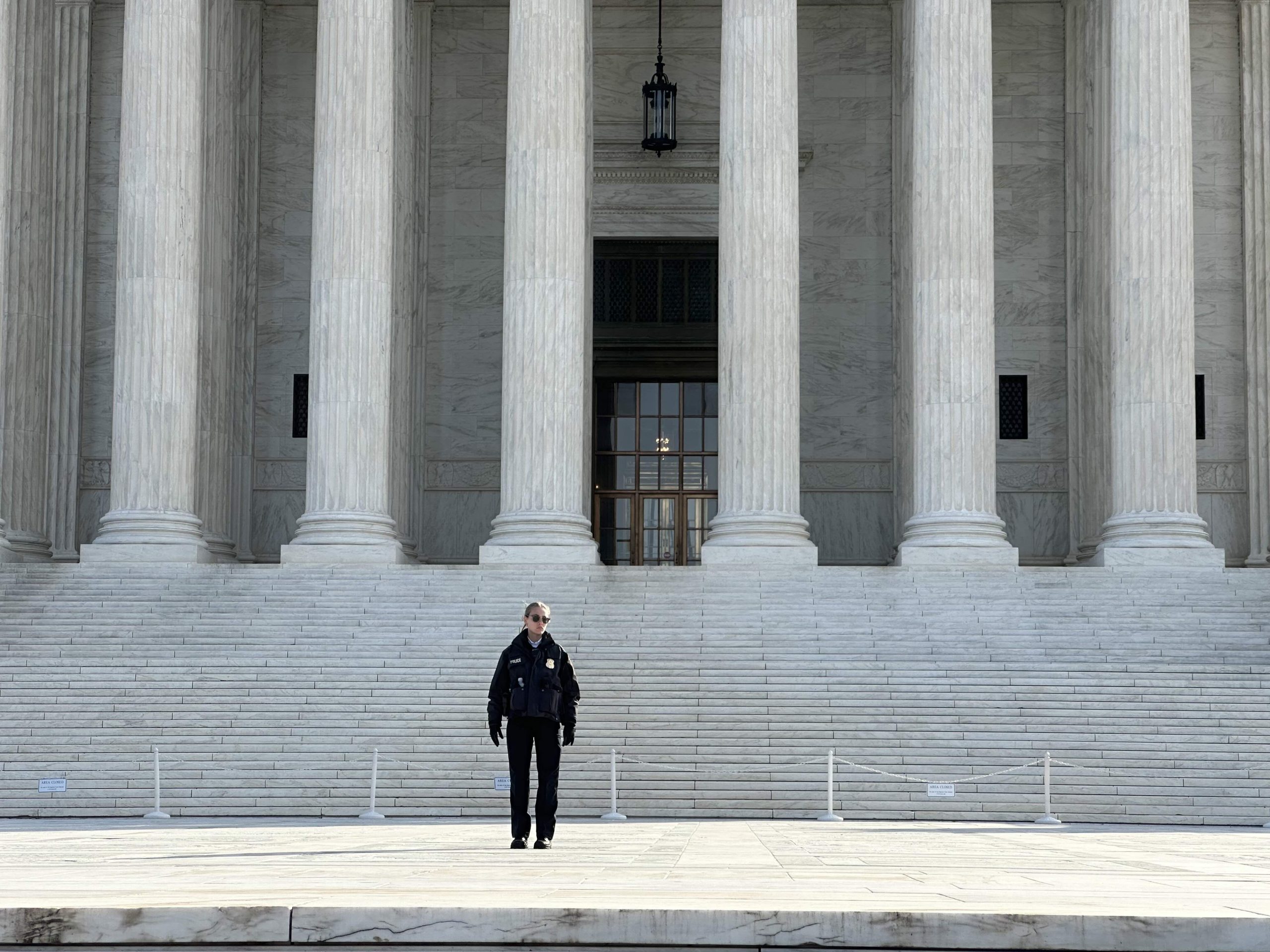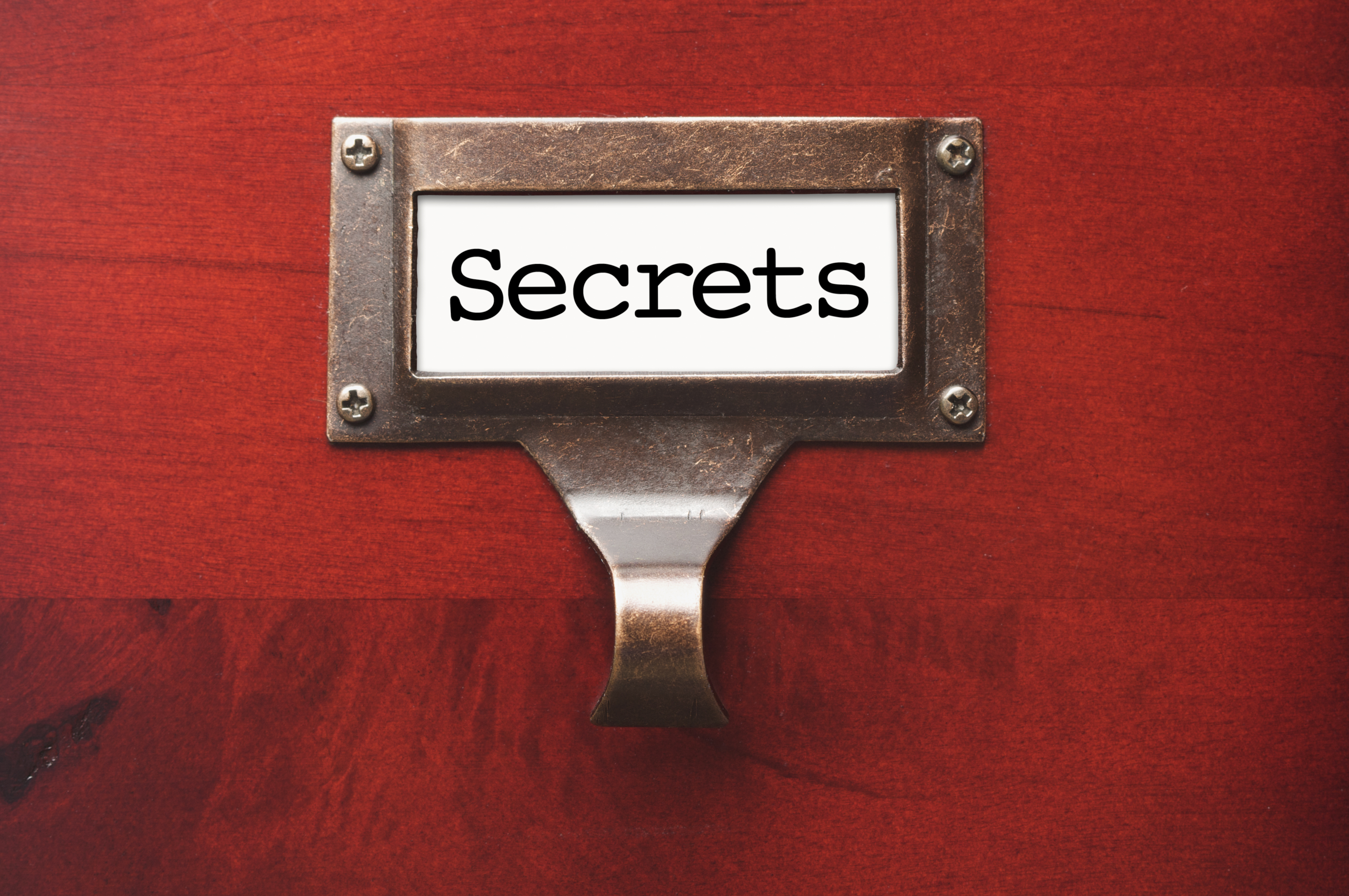Top-Down and Bottom-Up Approaches in Writing a Patent Application
“A top-down approach starts with a big picture, breaking it down into smaller components until achieving the objective. A bottom-up approach starts with small, individual components and builds to a big picture…. In many cases, the approaches are combined to exploit the advantages of each while avoiding their disadvantages.”
Editor’s note: This article was originally published with the final section accidentally omitted. It has been updated.
Writing a useful and enforceable patent application is not an easy task. A number of articles show how to draft a patent application. For example, Gene Quinn of IPWatchdog published a series of articles with tips to avoid mistakes or pitfalls. Automated software and AI-assisted drafting tools have also become available, but there have been ethical and practical concerns about relying on AI. Instead of discussing the specific details of the steps in writing a patent application or the pros and cons of automated or AI tools, I will focus on the overall strategies or approaches.
Problem solving has two basic approaches: top-down and bottom-up. Here, the term top-down means to go from general to specific, and bottom-up means from specific to general. A top-down approach starts with a big picture, breaking it down into smaller components until achieving the objective. A bottom-up approach starts with small, individual components and builds to a big picture. Most problems can be pursued using either of the two approaches. In many cases, the approaches are combined to exploit the advantages of each while avoiding their disadvantages. Similarly, writing a patent application can be pursued by using a top-down, bottom-up, or combination approach.
Big Picture, Little Picture
For patent applications, what is the big picture? It is the claims. The claims set a patent application apart from a technical write-up or a scientific or engineering paper. Ultimately, the claims define the exclusive rights granted to the applicant. What are the small components? They are details in the specification and the drawings. These elements lead to the claims. Accordingly, in a nutshell, the top-down approach starts with the claims and works down through the drawings and the description. In contrast, the bottom-up approach starts with the drawings and description and works up to the claims. It should be noted that the overall approach influences only how the practitioner carries out the writing process. It is independent of the final form of the application, which has a rigid format and must meet the requirements of the patent application.
Figs. 1 and 2 illustrate the top-down and bottom-up approaches, respectively. The approaches share some common parts. The main difference lies in the order of the tasks in the practitioner’s workflow. Let’s first go over the common parts.
In the diagrams of Figs. 1 and 2, the invention disclosure is the initial step in which the inventor discloses the invention to the practitioner in sufficient detail to allow the practitioner to write the application. In some instances, inventors and patent practitioners have different views on the same invention. An inventor is more interested in the technical details and the solution to the problem. A patent practitioner is more interested in maximizing the benefits of the patent and how others may infringe the patent. In most cases, however, the invention disclosure fulfills its objective of enabling the practitioner to understand the invention. Following the disclosure, the practitioner studies the invention carefully to form a good idea of what the invention is and does. He or she starts writing the patent application through steps in a workflow. In a typical workflow, the practitioner may need to communicate with the inventor to obtain additional materials, explanations, or clarifications at every step of the process. Toward the end of the workflow, the practitioner reviews, revises, and finalizes the application and sends the draft to the inventor for review. The inventor reviews the application and may make comments or corrections or approve the draft. The process may go back and forth between the inventor and the practitioner until the draft is approved. Upon approval, the practitioner files the application with proper formal documents (e.g., signed oath/declaration and assignment form). Regardless of what approach the practitioner follows, the above steps are essentially the same. The difference between the approaches lies in the practitioner’s workflow.
Fig. 1 illustrates the workflow (in dark gray shading) of the overall top-down approach. The top-down approach starts with the big picture—the claims, shown in light gray shading—and from the claims works down to the drawings and the description. The claims define the terminology and elements and state how these elements interconnect to achieve the desired result. In other words, the claims drive the drawings, and the drawings drive the description. In drafting the claims, the practitioner also includes various embodiments and captures the variations in dependent claims.
Fig. 1: Top-down Approach
Fig. 2 illustrates the workflow (in dark gray shading) of the overall bottom-up approach in writing the application. The bottom-up approach starts with the drawings, shown in light gray shading, and then the description and works up to the big picture—the claims. The practitioner composes and arranges the drawings based on what he or she envisions the claims should be. In other words, the drawings drive the description, and the description drives the claims. In composing the drawings, the practitioner also includes various embodiments and captures the variations in related figures.
Fig. 2: Bottom-up Approach
An overall combination approach merges top-down and bottom-up in every step of the process. It may start with a set of initial claims and a set of initial drawings with or without mutual correspondence. The claims and the drawings are then revised as much as necessary throughout the process as described above.
The composition of the drawings has a presentation order of the hierarchy of the components that constitute the invention. Not surprisingly, top-down and bottom-up are also the two approaches in the presentation. In a top-down presentation, the system’s overall block diagram is presented first. It is followed by diagrams or illustrations, including flowcharts, that go down the hierarchy. In a bottom-up presentation, the diagram or illustration of the lowest component in the hierarchy is presented first. It is followed by diagrams or illustrations traversing up the hierarchy until the system block diagram is reached.
The presentation may also follow a combined or mixed approach using both top-down and bottom-up styles. Since the presentation of the drawings is independent of the overall process, there may be any combination of the overall approach and the presentation approach. For example, a top-down overall approach may use a bottom-up presentation. The description follows the same order as the drawings and is often a mechanical process of converting or translating a visual description in the drawings into a textual description. The textual description may contain details that are not conveniently shown in the drawings.
Advantages and Disadvantages of the Two Approaches
Each approach has advantages and disadvantages. Opinions will differ, and the following is my take on this issue.
Top-Down Approach
Advantages:
- The process tends to be efficient. Since more time is spent drafting the claims and organizing the claim elements, once they are finalized, the claims are often in solid form and require little revision. The drawings, therefore, can be efficiently composed and arranged.
- The drawings and description are guided by the claims, so terminology is consistent throughout. In addition, the claims control the depth and breadth of the drawings and description. Accordingly, the specification tends to be clear, concise, and accurate.
- Since the drawings and description are driven by the claims, the tendency is to provide details in the drawings to support the claims. This, in turn, acts as a built-in reminder of the written description, enablement, and best mode requirements.
Disadvantages:
- The writing of the specification may not start until the practitioner finalizes the claims. The initial period may be intensive, and the inventor(s) may not be timely in responding.
- In some cases, certain aspects of the invention may not be readily recognized until the details of the drawings or the description are worked out. This will lead to a revision of the claims and further communication with the inventor(s).
- When the invention is extremely complex or is exploratory, or when the practitioner is not quite proficient in the underlying technology, it is hard to formulate claims.
Bottom-Up Approach
Advantages:
- By first working out the details or the small components, the practitioner becomes increasingly familiar with the invention and can grasp the big picture. He or she will be able to capture the novel idea more completely at the end.
- The invention disclosure, in essence, spreads over almost the entire drafting process as the practitioner works on the drawings, asks questions, and revises the drawings. Therefore, the inventor can provide fresh feedback or clarifications as the practitioner works on the draft.
- When working through the drawings, the practitioner may in some cases uncover details that may not be initially recognized and can incorporate these details into the claims.
- A bottom-up approach is suitable for extremely complex or exploratory inventions.
Disadvantages:
- There is a tendency to over-describe the invention. Since the drawings are prepared without the benefit of having the scope or boundaries defined by the claims, the practitioner tends to include unnecessary details that may be missed during the revision step.
- The process may be inefficient because it takes more time to revise the drawings and the description.
- Since the claims are drafted after the drawings and description, the practitioner might use claim terms that are different from terms used in the specification. Therefore, there may be a written description or enablement problem.
It should be noted that the above pros and cons may depend on the nature of the invention, the quality of the invention disclosure, the cooperation of the inventor(s), the practitioner’s experience and familiarity with the underlying technology, and the allotted time budget.
When to Use Top-Down or Bottom-Up
The top-down approach is suitable for inventions that have sufficient disclosure that enables the practitioner to capture the big picture. For this reason, in most cases when there is a fruitful invention disclosure, a top-down approach is preferred.
However, not all invention disclosures are fruitful. Not all inventors are readily available throughout the invention disclosure or are good at describing or explaining their inventions. Furthermore, not all patent practitioners are familiar with the technology of the inventions. The result is a tedious process of getting information from the inventors and/or self-education by the patent practitioners. Sometimes, the patent practitioner lacks a clear understanding of the big picture initially and cannot afford to wait for clarification. In these situations, the practitioners are, in essence, forced to use the bottom-up approach so they will reach the big picture eventually.
Even when the inventors can articulate their inventions quite well, and the patent practitioners are quite familiar with the technology, invention disclosures may not lead to a clear big picture. This often occurs when the invention is extremely complex, is a work in progress, or is of an explorative nature. When the invention is extremely complex, it is hard to see the big picture. In addition, there may be questions regarding multiple distinct inventions in the same disclosure. On the other end of the spectrum, the invention may be exploratory or premature. In these situations, filing a patent application is a way for the engineers or scientists to brainstorm their ideas or crystalize the vague concepts. The patent practitioner may become part of a team to explore the overall work and therefore must resort to a bottom-up approach. It does not mean all premature concepts must be pursued by a bottom-up approach. Sometimes, the inventor or the patent practitioner adopts a top-down approach in developing the technical details for the overall picture. In these cases, the top-down technical approach necessitates a top-down patent-writing approach.
In practice, there are no pure top-down or bottom-up approaches. A patent practitioner may combine both approaches and switch between the two through several iterations in the process. Nevertheless, starting with the claims, fully or partially, appears to be a more efficient strategy.
Image Source: Deposit Photos
Authorvectorguy
Image ID: 90696102








